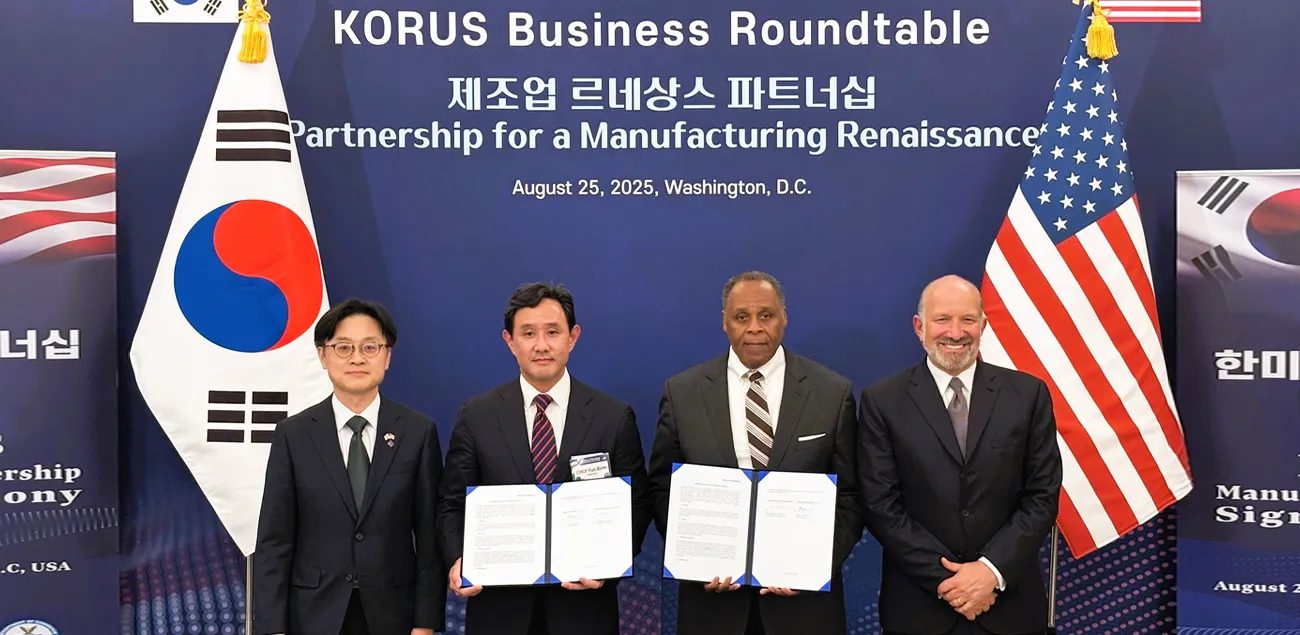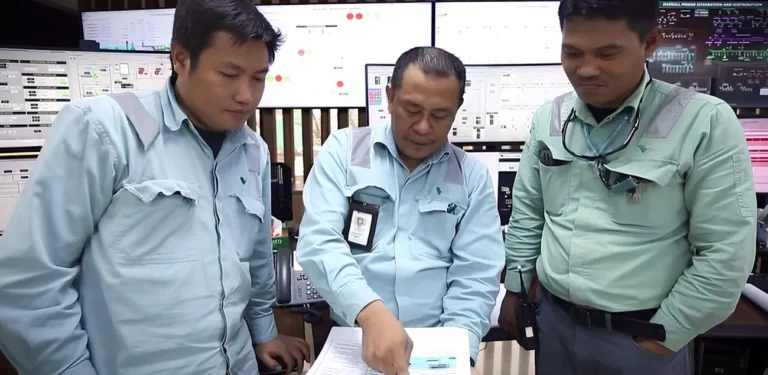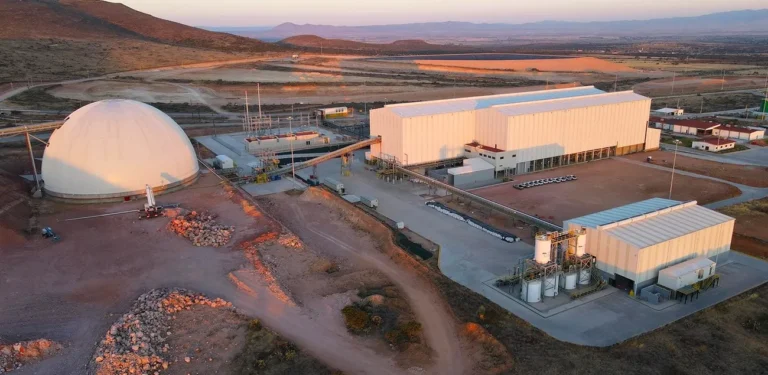
Korea Zinc, nonferrous smelter, and Lockheed Martin, U.S. defense contractor, have signed a memorandum of understanding covering germanium supply and broader collaboration on critical-minerals supply chains. Under the deal, Korea Zinc will supply germanium refined in jurisdictions excluding China, North Korea, Iran and Russia via an offtake arrangement, while advancing plans to build a dedicated germanium facility at its Onsan Smelter in Ulsan for about ₩140 billion (approximately $98.0 million at today’s rate). The plant targets initial output in the first half of 2028.
Scope of the agreement and plant timeline
The MOU follows high-level U.S.–Korea economic-security discussions and sets the framework for a long-term germanium offtake once commercial terms are finalized. Korea Zinc’s project plan calls for trial operations in 2027 and production of around 10 t per year of high-purity germanium dioxide from 2028, with the company indicating this equates to roughly 10 t of contained germanium. Lockheed Martin’s interest spans aerospace and defense uses, including infrared optics and sensors.
Why germanium—and why now
Beijing remains the dominant supplier and exporter of germanium and introduced export licensing for the metal and certain compounds in 2023, tightening visibility on flows. Diversifying away from Chinese supply has grown into a policy priority for U.S. and allied defense contractors given germanium’s role in night-vision systems, satellite optics, fiber-optic networks and high-speed semiconductors. Korea Zinc’s project would add a non-Chinese source from a U.S. treaty ally.
Company Background and Market Context
Korea Zinc is the world’s largest zinc smelter and has expanded into critical-materials by-product recovery. The Onsan complex already handles complex feeds and residues from which germanium is typically recovered. Lockheed Martin is a prime contractor across aerospace, missile defense and space systems, with sustained demand for IR-grade materials and specialized semiconductors. The companies said they will continue talks toward multi-year contracts; the offtake would be sourced only from permitted jurisdictions as defined in the MOU.
Germanium is a strategic semiconductor and optics material used in infrared imaging, fiber optics and solar cells. Supply is concentrated and largely produced as a by-product of zinc refining, leaving availability sensitive to smelter feed choices and policy moves. China’s 2023 export-license regime underscored the supply-chain risk and has periodically supported germanium dioxide premia.



